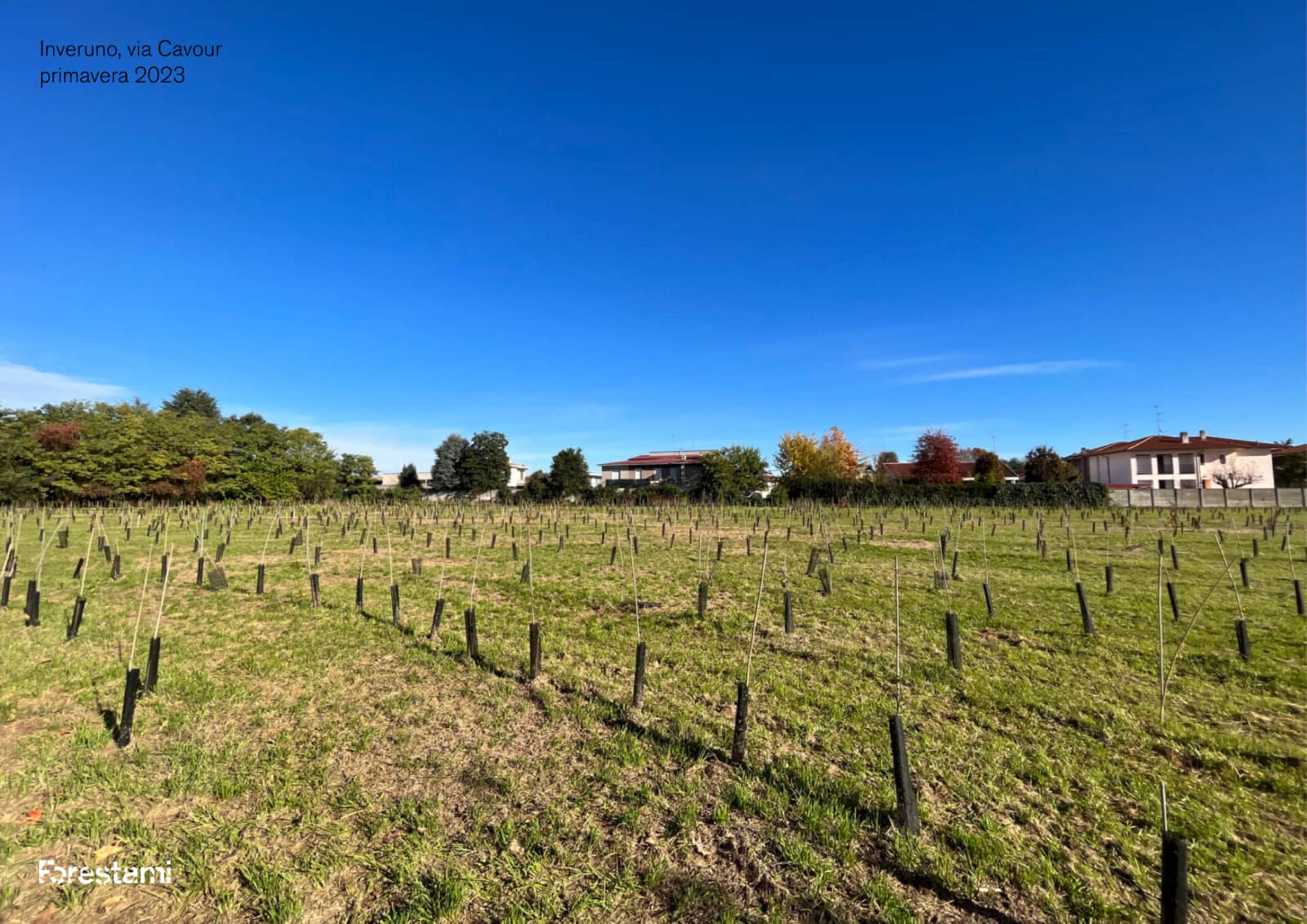Case Study of Forestami
Downloads
DOI:
https://doi.org/10.47982/spool.2025.1.06Keywords:
Engagement, land use, trees, urban forestry, urban planningAbstract
Urbanization presents profound challenges to environmental sustainability, characterized by the depletion of green spaces and the degradation of urban ecosystems. Acknowledging the pivotal role of urban forests in mitigating environmental degradation and enhancing urban life quality, cities are increasingly adopting participatory approaches to afforestation. This paper explores the relationship between research and the practical implementation of urban forests, emphasizing the significance of constructing a robust network of stakeholders.
The case study selected is the research project called Forestami, which aims to plant three million new trees and shrubs within the metropolitan area of Milan by 2030. This initiative promotes green infrastructure, ecological connections, and related ecosystem services; improves the public health of citizens; increases urban and peri-urban permeable surfaces; and protects and expands territorial biodiversity. By examining the interplay between research insights and on-the-ground implementation, this paper underscores the critical importance of forging a diverse network of stakeholders to navigate the complexities of urban forestry initiatives. Through this collaborative framework, cities can cultivate resilient and vibrant urban ecosystems that enrich the lives of residents while safeguarding the environment for future generations.
How to Cite
Published
References
Bratman, G. N., Hamilton, J. P., & Daily, G. C. (2012). The impacts of nature experience on human cognitive function and mental health. Annals of the New York Academy of Sciences, 1249(1), 118–136. https://doi.org/10.1111/j.1749-6632.2011.06400.x DOI: https://doi.org/10.1111/j.1749-6632.2011.06400.x
Cernea, M. M. (1989). User groups as producers in participatory afforestation strategies (Vol. 7). World Bank.
Città metropolitana di Milano. (2022). Territorio e comuni. Retrieved December 2023, from https://www.cittametropolitana.mi.it/portale/territorio/index.html
Eckert, S., & Kohler, S. (2014). Urbanization and health in developing countries: A systematic review. World Health & Population, 15(1), 7–20. https://doi.org/10.12927/whp.2014.23722 DOI: https://doi.org/10.12927/whp.2014.23722
Ekkel, E. D., & de Vries, S. (2017). Nearby green space and human health: Evaluating accessibility metrics. Landscape and Urban Planning, 157, 214–220. https://doi.org/10.1016/j.landurbplan.2016.07.008 DOI: https://doi.org/10.1016/j.landurbplan.2016.06.008
FAO. (2016). Guidelines on urban and peri-urban forestry (FAO Forestry Paper No. 178). Food and Agriculture Organization of the United Nations.
Feng, S., Chen, L., Sun, R., Li, J., Khan, M., & Jing, Y. (2019). The distribution and accessibility of urban parks in Beijing, China: Implications of social equity. International Journal of Environmental Research and Public Health, 16(24), 4894. https://doi.org/10.3390/ijerph16244894 DOI: https://doi.org/10.3390/ijerph16244894
ISTAT. (2023). Focus: Profili delle città metropolitane. Retrieved from https://www.istat.it
Keniger, L. E., Gaston, K. J., Irvine, K. N., & Fuller, R. A. (2013). What are the benefits of interacting with nature? International Journal of Environmental Research and Public Health, 10(3), 913–935. https://doi.org/10.3390/ijerph10030913 DOI: https://doi.org/10.3390/ijerph10030913
Lafortezza, R., Carrus, G., Sanesi, G., & Davies, C. (2009). Benefits and well-being perceived by people visiting green spaces in periods of heat stress. Urban Forestry & Urban Greening, 8(2), 97–108. https://doi.org/10.1016/j.ufug.2009.02.003 DOI: https://doi.org/10.1016/j.ufug.2009.02.003
Marselle, M. R., Hartig, T., Cox, D. T. C., de Bell, S., Knapp, S., Lindley, S., ... & Bonn, A. (2021). Pathways linking biodiversity to human health: A conceptual framework. Environment International, 150, 106420. https://doi.org/10.1016/j.envint.2021.106420 DOI: https://doi.org/10.1016/j.envint.2021.106420
O’Brien, L., De Vreese, R., Kern, M., Sievänen, T., Stojanova, B., & Atmiş, E. (2017). Cultural ecosystem benefits of urban and peri-urban green infrastructure across different European countries. Urban Forestry & Urban Greening, 24, 236–248. https://doi.org/10.1016/j.ufug.2017.03.002 DOI: https://doi.org/10.1016/j.ufug.2017.03.002
Páez, A., Scott, D. M., & Morency, C. (2012). Measuring accessibility: Positive and normative implementations of various accessibility indicators. Journal of Transport Geography, 25, 141–153. https://doi.org/10.1016/j.jtrangeo.2012.03.016 DOI: https://doi.org/10.1016/j.jtrangeo.2012.03.016
Van den Berg, A. E., Hartig, T., & Staats, H. (2007). Preference for nature in urbanized societies: Stress, restoration, and the pursuit of sustainability. Journal of Social Issues, 63(1), 79–96. https://doi.org/10.1111/j.1540-4560.2007.00497.x DOI: https://doi.org/10.1111/j.1540-4560.2007.00497.x
Ward Thompson, C., Aspinall, P., Roe, J., Robertson, L., & Miller, D. (2016). Mitigating stress and supporting health in deprived urban communities: The importance of green space and the social environment. International Journal of Environmental Research and Public Health, 13(4), 440. https://doi.org/10.3390/ijerph13040440 DOI: https://doi.org/10.3390/ijerph13040440
Wolf, K. L., Lam, S. T., McKeen, J. K., Richardson, G. R. A., van den Bosch, M., & Bardekjian, A. C. (2020). Urban trees and human health: A scoping review. International Journal of Environmental Research and Public Health, 17(12), 4371. https://doi.org/10.3390/ijerph17124371 DOI: https://doi.org/10.3390/ijerph17124371





